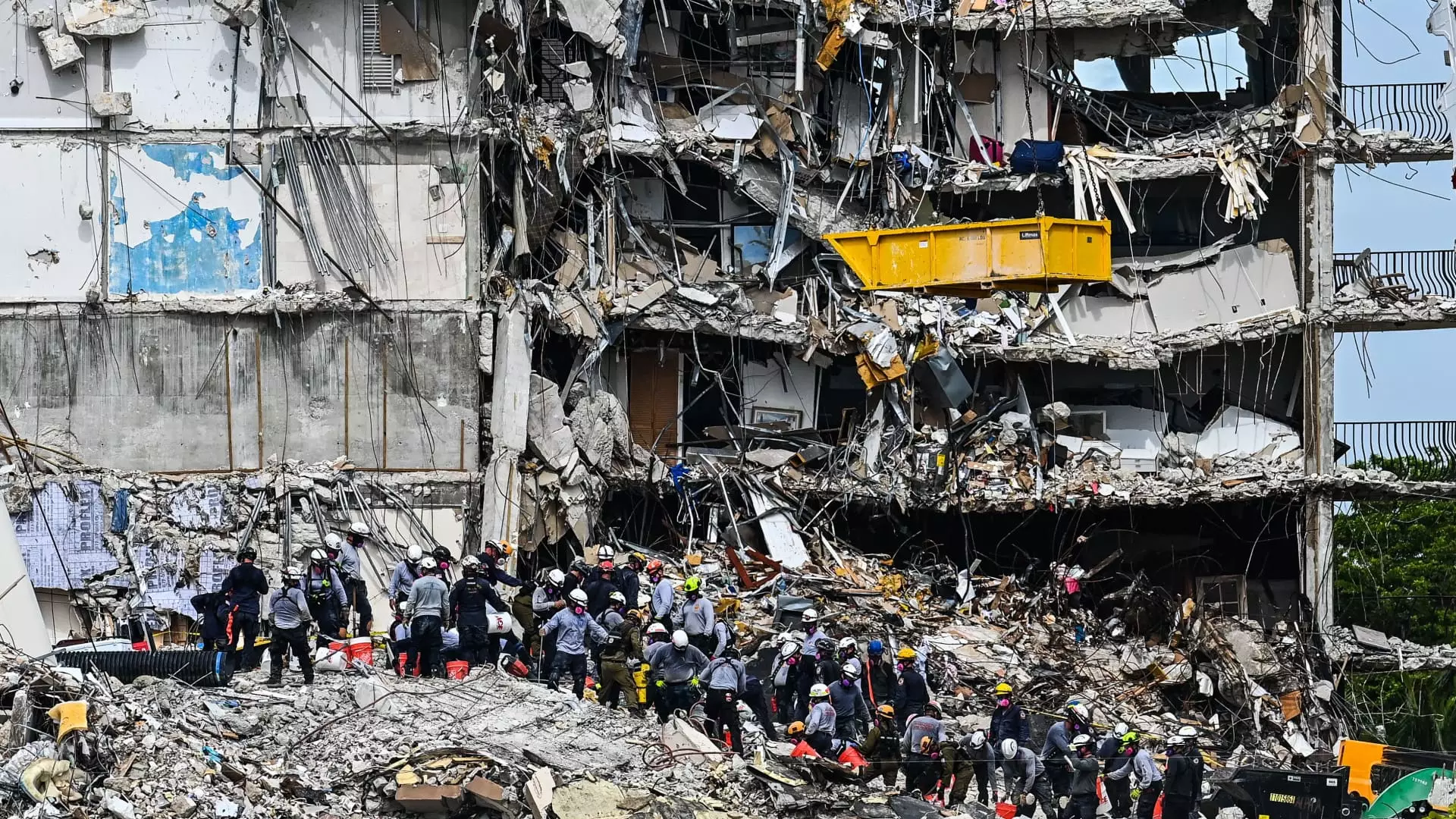In June 2021, the tragic collapse of the Champlain Towers South in Surfside, Florida, sent shockwaves through the real estate community and prompted urgent legislative action aimed at improving safety standards for aging condominiums. Following this disaster, Florida lawmakers enacted stringent regulations requiring all condominium buildings older than 30 years to undergo specialized inspections, conduct necessary repairs, and accumulate reserve funds to cover future maintenance costs. As these new requirements take effect, owners of some one million affected units are faced with daunting financial obligations.
The implications of these regulations are profound, particularly for a demographic largely composed of retirees on fixed incomes. Many owners now find themselves in a precarious position, grappling with the reality that costs for compliance may reach into the millions. With the deadline for these inspections approaching quickly, condominium associations are experiencing a financial crunch that could change the landscape of South Florida’s real estate market dramatically.
The financial fallout from these regulations is stark. Apart from mandatory repairs, special assessments necessary to fund these efforts have reportedly soared up to $200,000 per unit. Repair budgets can extend into the tens of millions, leading to a scenario where hardship befalls those least equipped to bear it. Peter Zalewski, founder of Condo Vultures, a Miami-based real estate consultancy, coined the term “condo cliff” to describe the impending crisis—the looming financial abyss facing many long-time condo owners.
Unsurprisingly, there is a substantial reluctance among owners to face these substantial costs. Many individuals are exploring alternatives such as selling their units, walking away from their investments, or seeking financial support from investors. Zalewski emphasizes that an alarming number of older condominiums are on the brink of becoming “zombie buildings,” properties where a small but committed group of owners must shoulder the financial load for those who cannot or choose not to contribute.
Declining Market Conditions and Increased Listings
The fallout from these regulations is already visible in market statistics. Reports indicate that sales of older condominiums have plummeted by 21.5% compared to the previous year, with average prices declining by approximately 2.4%. Consequently, active listings for condominiums are swelling, with a staggering 60% increase reported in the third quarter of this year. For sellers, this spike in inventory brings additional pressure, forcing many to either comply with the new financial regime or drastically reduce their asking prices.
As the market experiences these shifts, it appears that potential buyers remain cautious, which has led to an apparent standoff between sellers needing to offload properties and buyers hesitant to engage. Particularly alarming for those reliant on condominium sales for their financial viability, the prospects of successful transactions seem dim.
In response to the chaos, Florida Governor Ron DeSantis convened a special session to explore solutions to the condo crisis. However, legislative leaders opted to postpone any substantial discussions until the standard legislative session begins in early 2025. This delay suggests a cautious approach while waiting for a clearer understanding of the financial implications of the new requirements and their long-term effects on the housing market.
In the meantime, property managers and boards face the challenge of balancing accurate financial forecasting against the fears of overburdening residents with costs they cannot afford. Many condo associations struggle to communicate these realities, resulting in this “calm before the storm.”
The Role of Investors Amidst the Turmoil
For some property owners, the search for financial relief has steered them toward investors willing to purchase units or entire buildings, particularly those in desirable locations. Miami real estate agent Stefania Ancona highlights a shift where older buildings are being acquired by investors with a plan for redevelopment. One notable example is the Bay Garden Manor condo building, slated for demolition to make way for luxury waterfront developments.
While some owners may see a way out through these investor relationships, there remains a risk of foreclosures and short sales as financial pressures mount. Many are still looking to capitalize on lower property prices, optimistically believing that buying into the market now might yield benefits in the long term.
As the consequences of this legislative overhaul unfold, it is clear that the landscape of Miami’s condominium market is in flux. With rising costs, a financial burden on the aging population, and an influx of new regulations, the future of the industry hangs in the balance. On the horizon, the dual activities of impending property assessments and legislative actions will shape the fate of many condominium buildings and their inhabitants. Ultimately, navigating these challenges requires collective action among stakeholders and thoughtful governance to ensure the safety and financial well-being of residents in the years to come.

